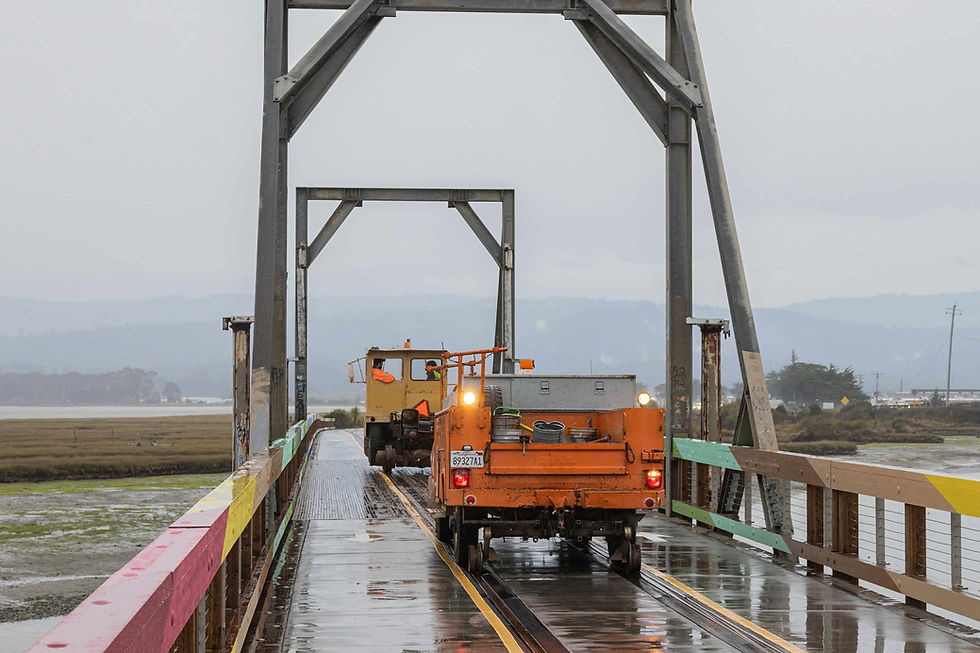Railbanking Sleight of Hand
- Friends of the Rail and Trail

- Feb 10, 2022
- 3 min read
Updated: Feb 19, 2024

Guest Post by Paul Schoellhamer Railbanking is a real thing, but some of the claims being made about it here in Santa Cruz County have no basis in reality. Railbanking was a legal sleight-of-hand (and I mean that in a good way) that was created by Congress in 1983 to solve a very specific problem: flaws in some railroad land deeds were making it difficult for some of those properties to be converted by local governments into recreational trails. In that purpose, Congress’s 1983 railbanking provision has mostly been a success: a lot of abandoned rail rights-of-way have been turned into recreational trails. Across the U.S. railbanking has, in 37 years and over 300 specific projects, facilitated the conversion of roughly 6000 miles of rail right-of-way. And those have been all kinds of conversions: trails adjacent to tracks and trails in place of tracks, trails that were paved or not paved but improved or that offered no improvements at all. (In a few cases the rail-right-of-way was just left as a place to cross-country ski in winter – snowfall being the only improvement.) We have a lot of real world experience with railbanking. Greenway now argues that railbanking can do something very specific here in Santa Cruz County: we can with railbanking remove the rail line entirely and pave it over with asphalt or concrete and then at some point in the future we can reverse course, tear up all that pavement, rebuild the rail line, and offer some type of electric light rail transit service. The question before us is: Is that a realistic possibility we would be leaving for our kids and grandkids? Or are we being misled into a dead-end? We could have a theoretical debate about what could or could not happen in a distant future, but we don’t need to. We have 37 years and roughly 6000 miles of real world experience with railbanking. That real world experience tells us volumes about what railbanking realistically can and cannot do. And here is what all that real world experience is telling us: as much as railbanking has accomplished over all those years and all those miles, it has NEVER done what Greenway says it can do here in Santa Cruz County. To be specific, Greenway claims that railbanking would make it a realistic possibility that we could remove the rail line entirely and pave it over with asphalt or concrete, and then many years later decide to rip it all up and rebuild the rail line -- and that has NEVER happened in the entire history of railbanking. The point is simply this: Greenway should be honest with the public. Greenway can advocate tearing up the tracks if they want to, but they should stop holding out to the public the unrealistic claim that under their proposal throwing around the word “railbanking” has any realistic chance of bringing back rail service in the future. Tear it up and pave it over and it very likely is gone forever -- that’s what honesty looks like. That being the case, the question becomes: Should we sitting here in 2022 be making a decision for 10 or 20 or 30 years from now, when we have (let’s face it) very limited ability to predict what that world will look like then? Or should we in fairness leave that decision to be made by those living in that world, including our kids and grandkids? Paul Schoellhamer worked for many years as legislative staff in the US House of Representatives, focusing on transportation issues. He now lives in South County.




Comments